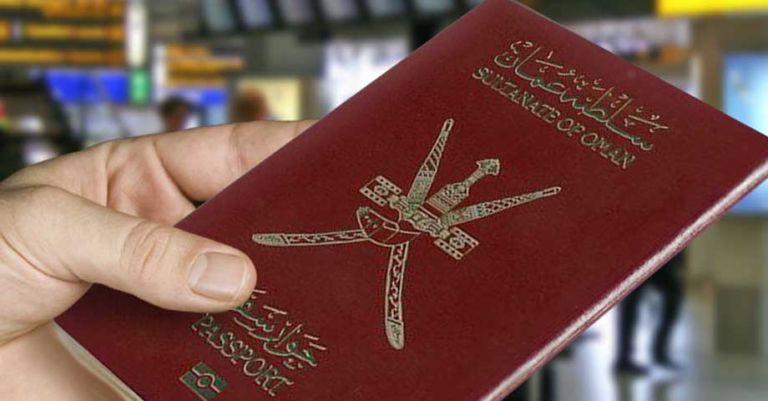Bridging Visa For Partner Visa
Are you on a partner visa? Are you eager to bring your spouse from overseas with you? It isn’t an easy process, especially if your spouse is in a different country. You are going to need someone to help you, and that’s where I can help! I have worked with hundreds of people in their visa application process. I am an expert with applications for bridging visas for partner visa applicants. Partner migration visa requirements can be confusing, and applicants often require assistance throughout the process.

What is a Bridging Visa? : The bridging visa (subclass 010) is a temporary visa designed to allow certain people to stay in Australia while they wait for their permanent visa. It can be useful if you do not have enough time to apply for a partner visa before your current visa expires. Bridging visas are numerically and geographically allocated so you need to apply for the specific visa subclass that matches your situation and circumstances.
What Is A Bridging Visa For Partner Visa Applicants?
As mentioned above, when you lodge a partner visa application onshore (that is, a combined Subclass 820 Partner (Temporary) visa and Subclass 801 Partner (Residence) visa application), you will automatically be granted a bridging visa for partner visa. In this circumstance, the BVA that is granted is associated with both the temporary and the permanent visa applications (i.e. both the Subclass 820 and Subclass 801 application).
Why Is A Bridging Visa So Important?
The partner bridging visa allows you to remain lawfully in Australia whilst you await a decision on your partner visa application. The bridging visa to partner visa is designed to bridge the gap between one visa to the next so that you remain a lawful non-citizen during the partner visa application processing time. So in effect, its like stepping ‘over a bridge,’ from a bridging visa to partner visa. Without this being available to onshore partner visa applicants, you could be left as an unlawful non-citizen in Australia, and the associated consequences that this would bring.
A central tenet of Australia’s migration laws is that individuals must arrive lawfully and abide by the conditions of their visa. Australian law requires foreign nationals coming to Australia to obtain a visa.
Under the Migration Act 1958, the Australian Border Force (ABF) must detain unlawful non-citizens. A person may be unlawful because:
- they arrived without a valid visa;
- their visa application has been refused;
- their visa was cancelled; or
- their visa has expired.
An unlawful non-citizen can be removed or deported from Australia. It is therefore vital that this situation be avoided for all non-citizens in Australia, not only partner visa applicants.
What Type Of Bridging Visa Can Be Granted?
The type of bridging partner visa granted will depend on your visa status at the time that you lodge your application, as follows:
- If you hold a ‘substantive’ visa (that is, any visa excluding a bridging visa, criminal justice visa or an enforcement visa), you will be granted a Subclass 010 Bridging Visa A (BVA);
- If you do not hold a substantive visa, you will be granted a Subclass 030 Bridging Visa C (BVC).
The BVA will come into effect only when your current substantive visa expires. Therefore, you will continue to hold your current visa and be subject to all the rights and obligations which apply to it (i.e. the BVA will not replace it).
The BVC will come into effect immediately upon lodgement of your partner visa application.
What Are Your Rights And Obligations As A Partner Bridging Visa Holder?
The bridging visa for partner visa allows you to remain in Australia whilst you await a decision on your application. You are also permitted to study and to enrol in Medicare as a partner bridging visa holder.
The BVA is subject to nil visa conditions for onshore partner visa applicants. Work rights are automatically granted to BVA holders.
If you are granted a BVC, you will not be permitted to work and must apply separately for workers rights. You will need to demonstrate that you have a compelling need to work.
It is important to note that neither the BVA nor the BVC has travel rights, meaning you will be unable to re-enter Australia on that visa. If you are planning to travel, you need to ensure that you return to Australia either:
